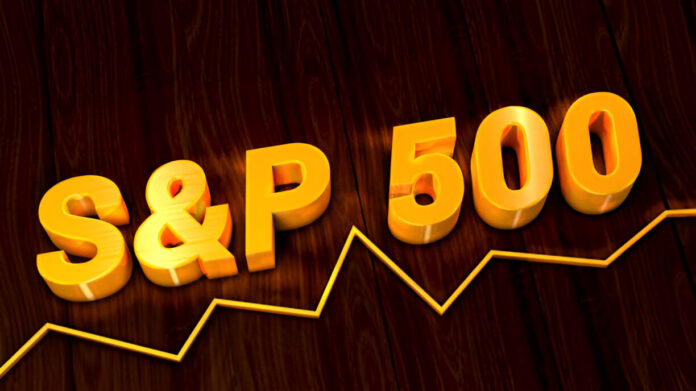Block Inc., co‑founded by Jack Dorsey, is set to be added to the S&P 500 index ahead of trading on 23 July 2025, replacing Hess Corporation after its $53 billion acquisition by Chevron.
The news triggered a surge in Block’s stock, with share prices jumping approximately 10–14% in after‑hours trading, reflecting both investor confidence and the anticipated passively‑driven buying by index‑tracking funds.
From Payments Processor to Fintech Powerhouse
Originally launched as Square, Block has expanded beyond payment terminals into a full‑suite fintech business. It offers peer‑to‑peer money transfers, merchant tools, and recently, consumer lending through its Square Financial Services arm. With the FDIC’s approval, Cash App Borrow now allows users to take direct loans — a sign of its deepening integration into retail banking.
In parallel, the company remains committed to Bitcoin, integrating crypto payments into Square’s terminals and accumulating Bitcoin on its balance sheet. These moves come as part of Dorsey’s long‑standing vision: positioning Block as a blockchain‑centric financial infrastructure provider.
Why S&P 500 Inclusion Matters
Earning a spot in the S&P 500 is more than symbolic. With the rise of passive investing, inclusion means automatic purchases by index funds, which in turn can sustain upward pressure on a company’s share price.
Although higher‑profile firms like Robinhood and Applovin had been considered more likely candidates, Block’s $43 billion market cap and compliance with profitability standards secured its entry.
Larger context also matters: just two months ago Coinbase became the first pure‑play crypto company to join the index, signalling growing acceptance of digital‑assets businesses in mainstream financial benchmarks.
Unsteady Earnings, But Strategic Momentum
Despite a strong market reaction, Block has experienced volatility in its financial results. Earlier this year, the firm missed earnings estimates and issued cautious outlooks, citing economic uncertainties.
Still, its long‑term strategy hinges on evolving Cash App into a fully‑functional banking and lending platform and embedding crypto services across its ecosystem. These structural ambitions likely helped nudge the index committee’s decision — demonstrating that inclusion can depend on both present metrics and future potential.
Bigger Picture: Fintech’s Shift Toward Crypto
Block’s inclusion points to a broader narrative: fintech firms, once pigeon‑holed in payments, are now extending into banking and crypto. With Bitcoin gaining fresh regulatory clarity through acts such as GENIUS and CLARITY, digital assets are edging closer to legitimacy.
For crypto advocates, each milestone—from Coinbase to Block—signals institutional momentum. Analysts even speculate that firms like MicroStrategy (now rebranded as Strategy), known for massive Bitcoin treasuries, could soon find themselves added to major indexes.
Outlook: A Milestone with Caution
In my view, Block’s elevation into the S&P 500 is a milestone in merging crypto culture with mainstream finance. It enhances visibility, institutional credibility, and passive inflows. However, inclusion doesn’t erase financial headwinds. The market response is initially positive, but long‑term performance will rest on consistent earnings, user growth in lending, and macro‑economic stability.
For investors, the smart play is to acknowledge both sides: celebrate the fintech‑crypto breakthrough, but monitor whether Block can deliver on its expansive vision amid economic uncertainty.


